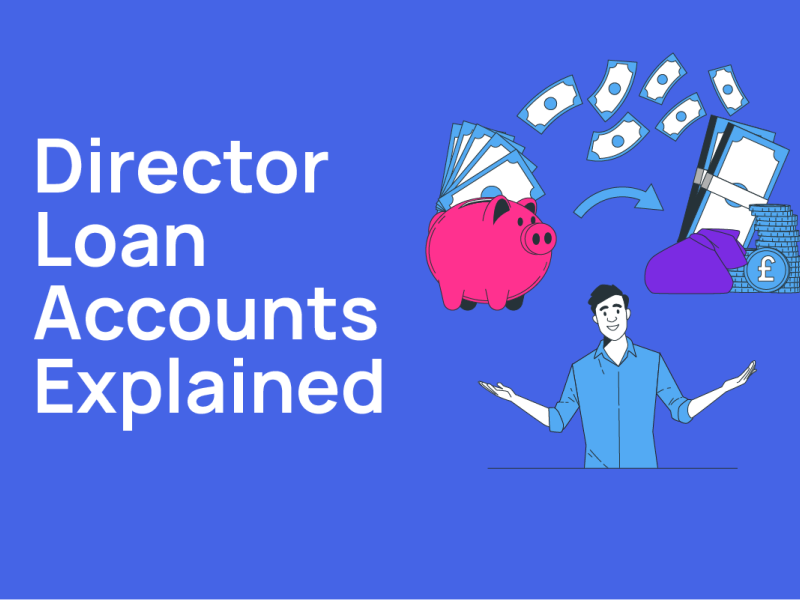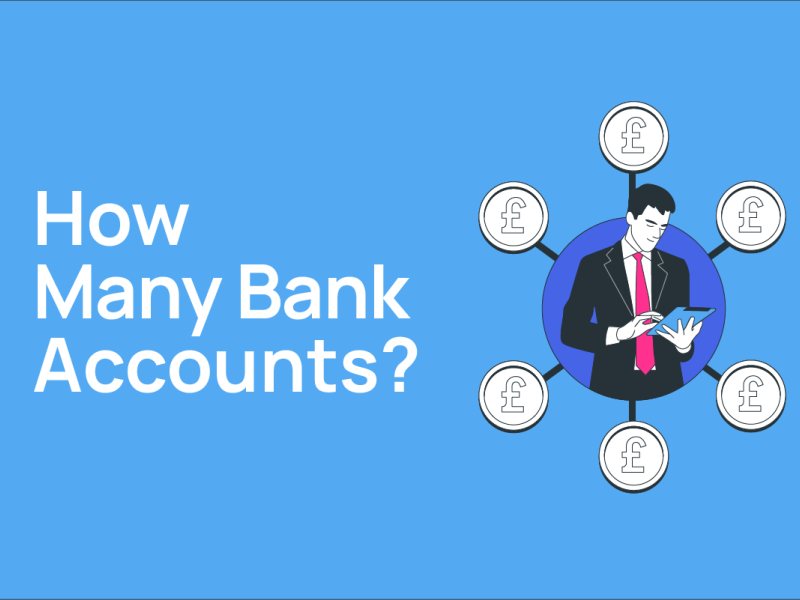Maximising Your Dividends: Avoiding Unnecessary Tax Liabilities in 2024
-
Richard Jackson - 15/10/2023

Have you taken an extra dividend to cover your tax liability this year? If so, you might be paying more tax than necessary.
In this article, we'll shed light on why this practice can be costly and how simple changes in your tax planning habits can lead to significant savings. Our aim is to provide you with insights to help you make informed financial decisions and avoid unexpected tax bills.
The Pitfall of Poor Tax Planning:
Taking dividends without factoring in the associated tax liability can result in overpayment. The issue arises when you take dividends without considering the tax proportion. If you find yourself facing a larger-than-expected tax bill, drawing an additional dividend to cover it might mean paying a higher tax rate, particularly if it results in you entering a higher tax band.
Example Scenario:
Let's consider a simple example. You take £4,000 per month in dividends during the tax year ending April 2023, without setting aside the tax proportion. When your self-assessment payment is due in January 2024, you need an additional £5,000 dividend to settle the tax. However, this extra dividend is recorded in the tax year ending April 2024. If your drawings are similar for 2024 as in 2023 this potentially results in some of your income being taxed at the higher tax rate. It creates a vicious circle of higher tax, more dividends needing to be drawn and so on.
2023 Tax Landscape:
In the current financial climate, poor tax planning can be even more costly. While dividend tax rates remain the same, the tax-free allowance is halved to £1,000, the additional rate band kicks in earlier, and corporation tax rates are set to increase significantly, contributing to your overall tax burden.
Cultivating Good Tax Habits:
The solution is straightforward – tax yourself as if you were an employee. While sticking to dividends, you need to provide for the tax on your dividends at the time of receipt. Calculate your gross salary each month based on your desired net income, factoring in the tax portion. Move the tax amount into a personal savings account, ensuring you've taxed yourself at the current rate.
For optimal financial management, consider setting a fixed monthly income for both your company and personal finances. This not only streamlines your tax planning but also encourages disciplined financial habits. If you need more, you can always declare a special dividend based on company performance.
Four Steps to Improved Financial Management.
- Calculate total dividends drawn from April 2023 until now. Declare a special dividend to account for the tax and deposit it into a savings account.
- Determine your desired monthly net income and provide your accountant with this figure along with your total from Step 1. They'll advise on the monthly dividend and tax-saving amount.
- Prepare a budget for both your company and personal finances to calculate your monthly pay. Share these figures with your accountant for tax calculations.
- Repeat Step 3 annually.
Summary:
By following these steps, you can avoid unexpected tax bills, stop overpaying HMRC, and master the basic rule of tax planning – understand your liability and provide for it. While paying tax is never painless, having the money set aside makes a remarkable difference.
As we continue in uncertain financial times, sound money management is indispensable. If you need assistance gaining control of your business finances, let us know – we're here to help.
4 Costly Mistakes Business
Owners Make with Dividends
Imagine paying dividends for years, thinking you're doing everything right. But then, one day, you discover you've made a costly mistake that could ruin your business. A mistake that could have been avoided.
Don't let this happen to you. Learn the 4 common dividend errors that can destroy your business - and how to prevent them.



